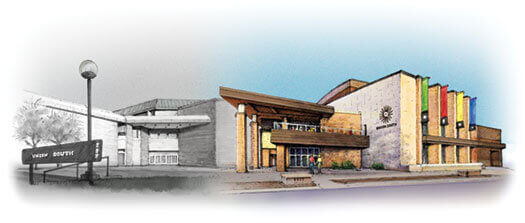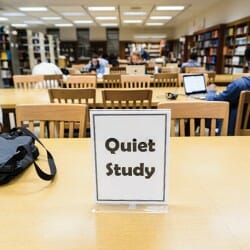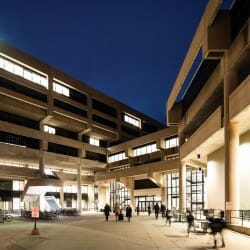Still a Member after All These Years
“If I lose this, is my name in a database so I could get it replaced?”
I held out the now-wrinkled Memorial Union membership card that I had bought in 1988 in a burst of optimism about how often I would return to Madison.
“Of course it is,” said the polite young woman at the Wisconsin Union information desk. “When I graduated, computers weren’t used a lot yet,” I explained, “so I may not be in the database.”
Oh, goodness, I was babbling, acting like a Goofy Alumna, instead of a Cool Alumna, but it was suddenly important to me that my name was listed, somewhere, as a Wisconsin Union member.
That summer in 2011, when I attended UW–Madison Continuing Studies’ Write-by-the-Lake writer’s workshop, I reveled in spending a week in Madison for the first time in twenty-five years. In addition to attending a fantastic writing class and enjoying many scoops of Babcock Hall ice cream, I gained a bit of perspective on what it means to be a Badger.
My first afternoon on campus, I poked my head into Memorial Library. The transformation since the 1980s was stunning. In place of the harsh lighting, battered wooden tables, smoking lounge, and vending machines that I remembered, I stepped into a serene, softly lit vestibule featuring a magnificent information desk made of curved wood and green stone.
“Can I help you?” asked the smiling woman behind the desk.
“This looks wonderful!” I said. “When I went here, you just walked in, and it was kind of seedy late at night, and — wow! — it’s so different.”
She kindly gave me a day pass to explore the library. I wandered around, marveling at the arts-and-crafts chairs, tabletop lamps with frosted glass shades, and the sleek, flat-screened computers.
Then I took a walk along Observatory Drive. The sailboats gliding on Lake Mendota were just as I remembered, as were the College Library in Helen C. White Hall, Bascom Hall, the Washburn Observatory, and the Carillon Tower. But the classy red-and-white signs identifying the buildings, the upgraded landscaping with glorious bursts of prairie flowers, the gazebo tucked behind Lathrop Hall — that was all new.
I would have loved to have gone here. That thought unexpectedly popped into my head. But, wait: I did go here. And yet — I didn’t go here, not really, not to this UW–Madison, a campus with Wi-Fi, an eco-friendly Union, a coed Chadbourne Hall, a Starbucks on State Street, and that peculiar blend of innovation and anxiety that has defined the 2000s.
No, I went to a different UW–Madison, the 1980s edition, the campus with boxy beige computers, a Memorial Library a bit worn at the edges, a women-only Chadbourne Hall, bad vending-machine coffee, and an atmosphere that mixed the faint haze of 1960s idealism with 1980s pragmatism.
And my father, well, he went to a different UW altogether in 1955, a school with a primitive computer the size of a room, quaint dorms nestled along the lake, coffee percolating on stovetops, and students who had lived through the Great Depression and World War II, and simply yearned for ordinary, stable lives.
As I gazed at the lake, I mused that it was like exploring three separate campuses, layered on top of one another like colors in an oil painting. There was the UW–Madison that existed on this perfect summer day in 2011, blended with my memory of the UW of the 1980s, and the university of 1955 that I knew only through my father’s reminiscences and photographs. If every generation of students experiences a different UW, I reflected, then what on earth ties us together?
The next day, as I asked about my Union membership, the young woman at the desk looked at me with the bemused patience of a polite young adult speaking to an elderly aunt.
“Yes, our databases go back a long way,” she assured me. “You’re in there.”
“That’s good to know,” I said.
Sitting on the Terrace later that day, I noticed that the colorful sunburst chairs were the same, as was the comforting aroma of sizzling brats. At the other tables, incoming students attending summer orientation chatted with their parents, current students relaxed with friends, and professors animatedly talked with colleagues. And, most likely, other alumni were there with me, quietly taking it all in. The Terrace is big, and there was room for us all. You’re in there.
I realized that it didn’t matter if UW–Madison was slightly different for each of us. What bound us together was that we were all part of it — the new and the old, all members of this school that we had chosen, this ever-changing place we loved, this campus we called home.
Julie A. Jacob ’84 resides in Racine, Wisconsin.
Published in the Winter 2013 issue




Comments
No comments posted yet.